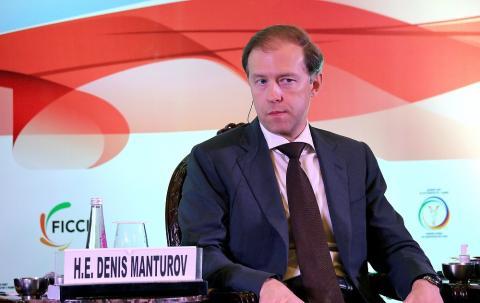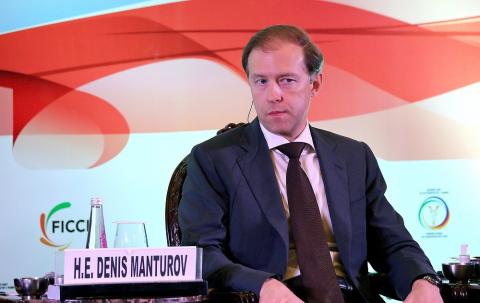
The African Union launches the “operational phase” this weekend of a long-awaited trade accord, but analysts say the continent faces an uphill task to transform the pact into reality.
The 55-nation AU, gathering for a summit in Niger, will give the formal push to a deal to phase out tariffs on trade from the Cape of Good Hope to Cairo.
By doing so, say supporters of the African Continental Free Trade Area (AfCTA), business between African nations will boom.
The economy of Africa, with a GDP of $2.5 trillion today, will reach takeoff just as its 1.2 billion population doubles over the next three decades, they predict.
“It’s a remarkable achievement, and one that can even be described as historic,” AU Commission chief Moussa Faki Mahamat said Thursday in the Niger capital Niamey.
Backers were given something to celebrate ahead of the summit: on Tuesday, Nigeria, the continent’s largest and most populous economy, said it would sign after long holding back.
Talks on free trade began back in 2002, culminating in a deal that in late May crossed the threshold of ratification by at least 22 countries.
That tally is now 25 out of 55 AU members. Benin and Eritrea are the last countries yet to sign.
‘Made in Africa’
The sunny mood may well sour when the AU is confronted with the realities of the task at hand, say observers.
“Negotiations on some very important points have not yet been completed,” said Trudi Hartzenberg, director at Tralac, a specialist trade law organization based in South Africa.
A timetable for lowering customs duties, rules for certifying “Made in Africa” products, and arbitration mechanisms to settle trade disputes are among the hurdles not even close to being resolved.
In its first phase, the zone will eliminate customs duties on 90 percent of goods.
Tariffs will be scrapped over a longer period on seven percent of “sensitive” goods — a potential means for a country to protect national sectors from foreign imports, say analysts. Tariffs on the remaining three percent of goods will remain in place.
At the Niamey meet the AU is expected to choose the location of a secretariat, with Ghana and eSwatini (formerly Swaziland) among the names doing the rounds.
Critics say many economies are hugely dependent on agriculture or on primary resources such as minerals and forestry, and lack the diversity necessary for vibrant two-way trade.
The share of trade done by African nations with each other is very low — just 16 percent, compared to 65 percent among European countries.
“Africa trades with the rest of the world, but it does not trade with itself,” said Jakkie Cilliers from the Institute for Security Studies, a South African-based think tank.
‘Not a magic bullet’
AfCFA fans claim this slender intra-African trade could be boosted by 60 percent within a few years.
But others caution that benefits on this scale will take far longer to achieve.
“The (free trade) agreement between Canada and the EU took seven years to negotiate and that was just between one country and a fairly economically integrated group of 28 states, not 55 countries, each at very different stages of economic development,” said Elissa Jobson at the International Crisis Group (ICG) think tank.
Cilliers said the AfCFA would take “about a decade to produce its positive effects.”
“This is not a magic bullet,” he said.
The average tariffs on intra-African trade, of 6.1 percent, are higher than on exports to non-African countries.
This discrepancy is cited as a reason why intra-African trade is so low.
But, say observers, import duties are not the only obstacles to freer business.
Corruption, decrepit infrastructure and lengthy waiting times at borders are also hefty barriers.
In a report published in April, the International Monetary Fund said “improving trade logistics, such as customs services, and addressing poor infrastructure could be up to four times more effective in boosting trade than tariff reductions.”












